Saturday I shared the village of Lorchhausen with you, as part of my series on my Viking River Cruise in 2014. The latest posts are all about the afternoon we spent cruising the Upper Middle Rhine Gorge, which is a Unesco World Heritage site dotted with scenic romantic landscapes and castles on every hilltop bend of the river.
I also shared how Lorchhausen did not have a castle and that Bacharach’s Castle may have helped protect that village, but right across the river, the tiny village of Rheindiebach also had a castle that may have serviced them, too!
Rheindiebach and Furstenberg Castle
The castle is Furstenberg and it is a romantic ruin. And, as you can tell, it was on the dark side of the Rhine that afternoon.
The castle dates to 1219 and was destroyed during the Palatinate War of Succession which lasted from 1688 – 1697. I believe it was also known as the Nine Years War.
As for the village of Rheindiebach, it was tiny. Just a few little houses along the river bank.
But back behind the castle was a wind energy farm with huge wind turbines.
Amazingly, they did not distract from the views. I had to use my zoom to really see them.
So this castle probably at one time looked out for Rheindiebach and Lorchhausen, since it was really almost literally right across from that village.
And there were more Riesling vineyards behind the ruins of Castle Furstenberg.
There is something about castle ruins that make them utterly romantic.
Lorch
Not to be mistaken for Lorchhausen is Lorch. It is just a couple of kilometers down the Rhine on the same side as Lorchausen, across from Furstenberg Castle. It is tiny, but because of it’s location near the walking trails of the Rheinsteig, it has a lot more tourists and therefore is much more picturesque than its neighbor across the way.
And it has it’s own castle ruin, Nollig Castle. It dates to about 1300 and is not open to the public. It really is a ruin. And looks like one of the smallest castles we have seen so far.
Lorch dates to about 1085 and was a Celtic settlement. It has a lovely church, St. Martin’s Parish Church, which was completed in the fourteenth century, probably around the same time as the castle.
Lorch is also known for winemaking and is located at the mouth of the Wisper which enters the Rhine here. As part of the Wisper Valley, it is another state recognized recreational resort. From 1919 to 1923, after World War I, Lorch was the capitol of the Free State Bottleneck in between the American and French occupied zones. Eventually the area was incorporated back into the province of Hesse-Nassau.
So for a time, this little area was its own little country. And this little village was its capitol. We would continue learning along our trip that the lines and boundaries along the Rhine were constantly changing over the centuries, most recently being redrawn after World War II.
I loved all the history we were exposed to during our cruise. We really got an education. And we learned that this is the area where the Hessian Soldiers came from that helped Britain fight in the American Revolutionary War. Almost half of the 30,000 troops that Great Britain leased from Germany to fight came from this area of the Rhine. That was an interesting fact to learn!
This is not a sponsored post. This is my experience from my trip with Viking River Cruises. Email me to find out how you can save $100 when you book your first cruise with Viking through their referral program.
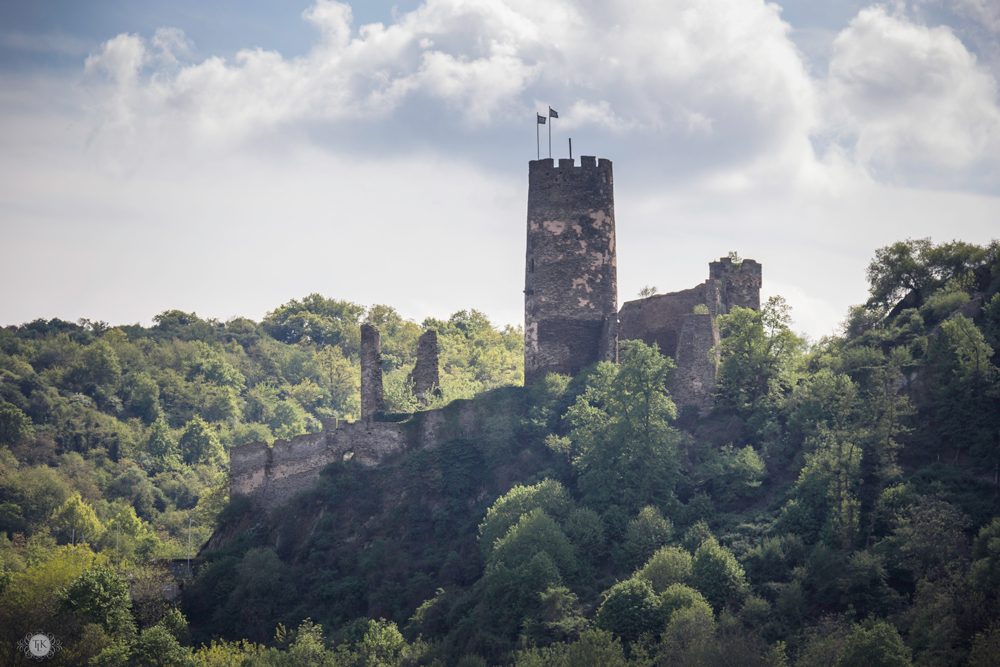
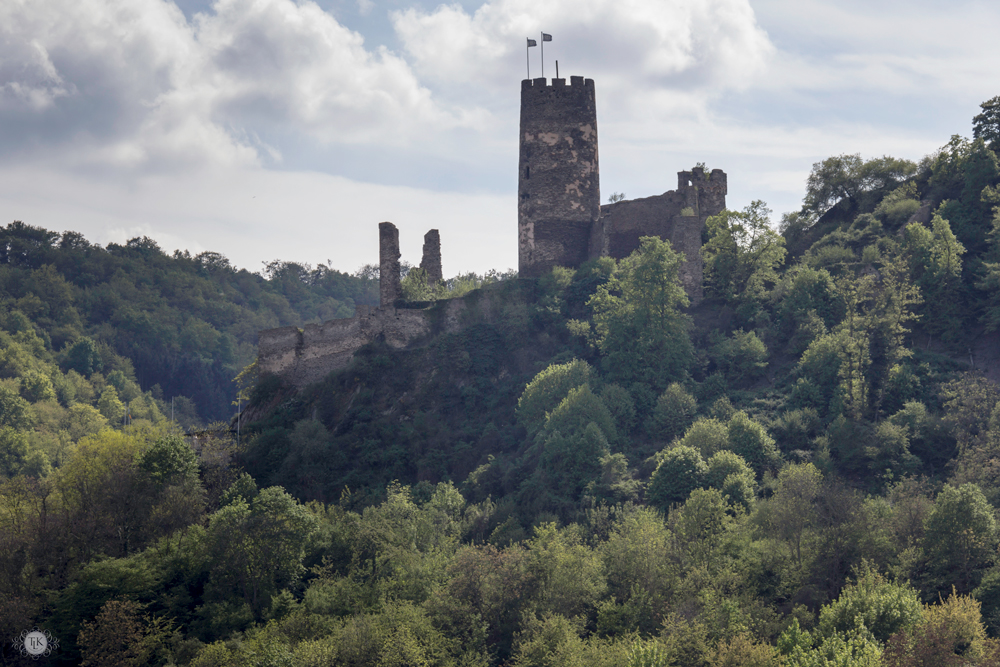
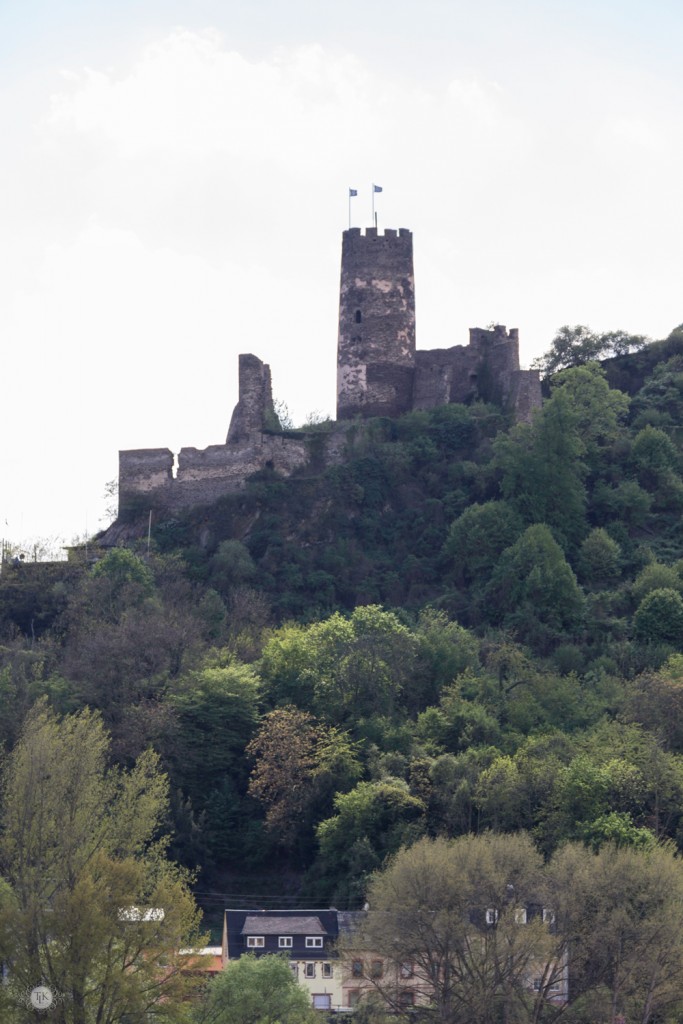
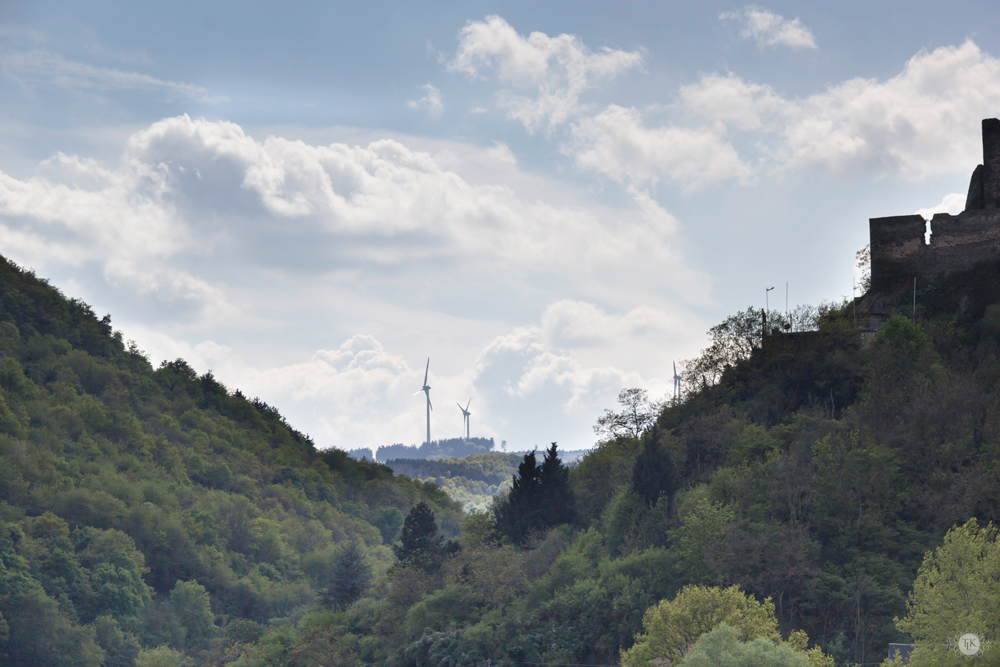
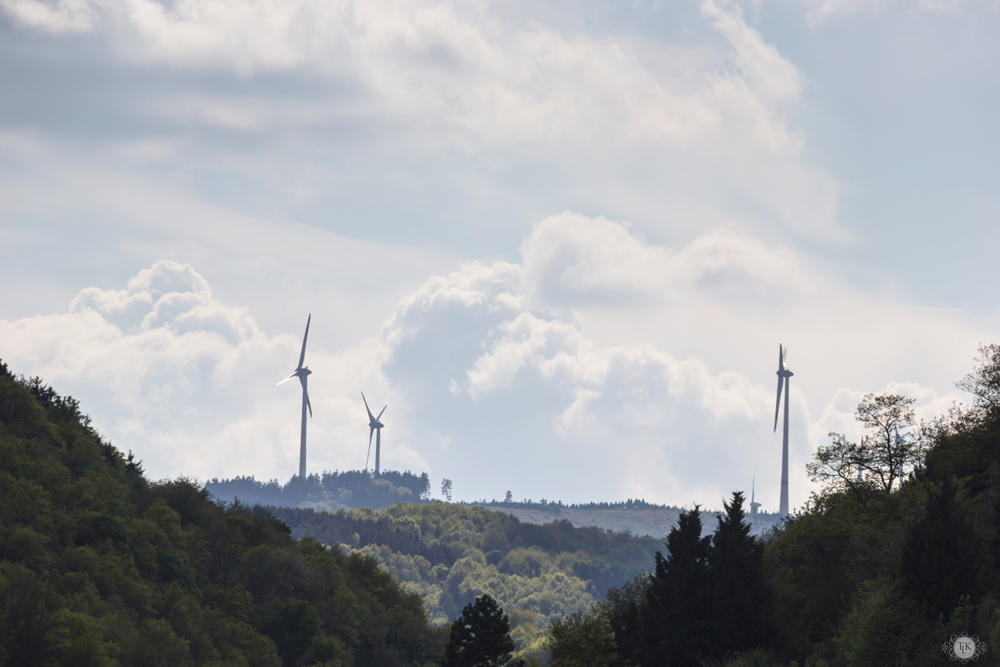
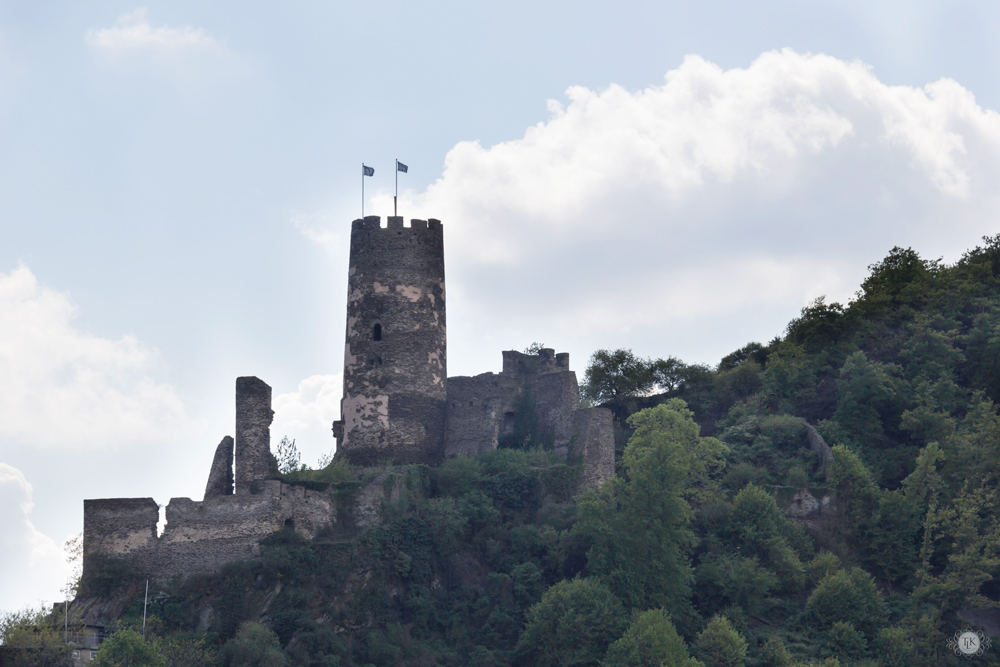
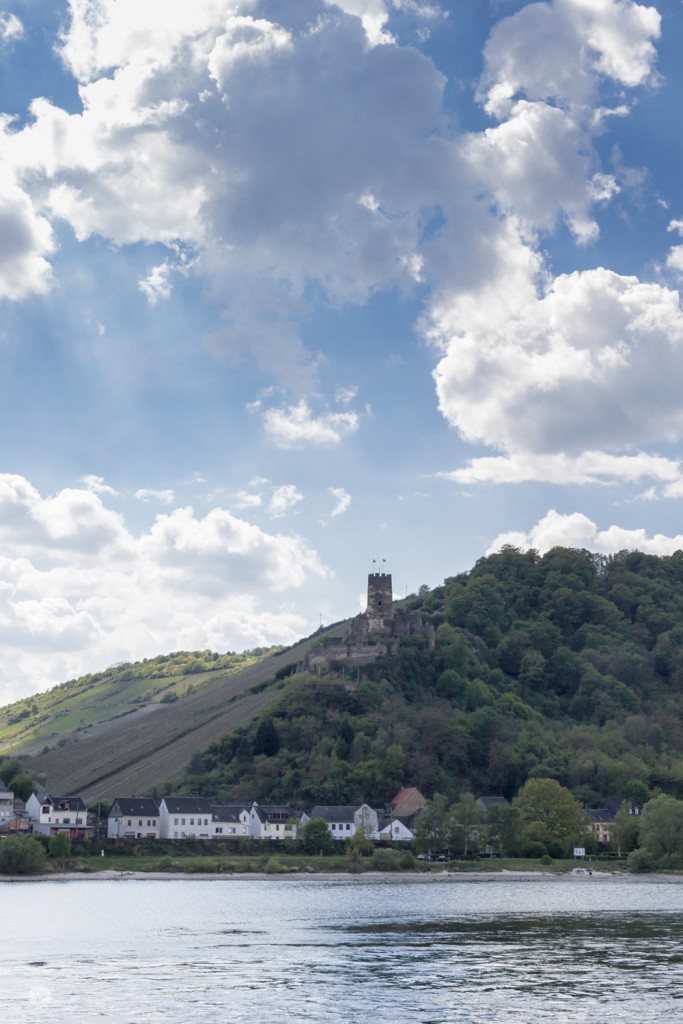
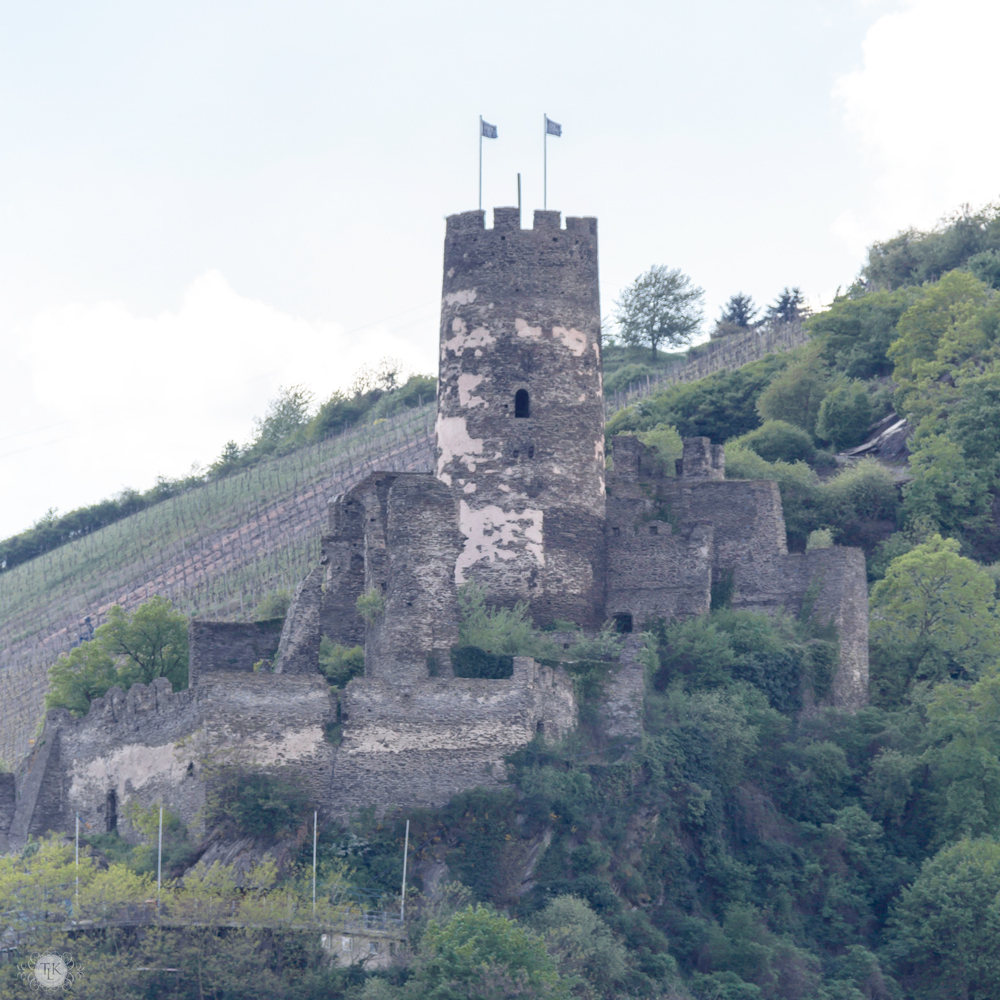
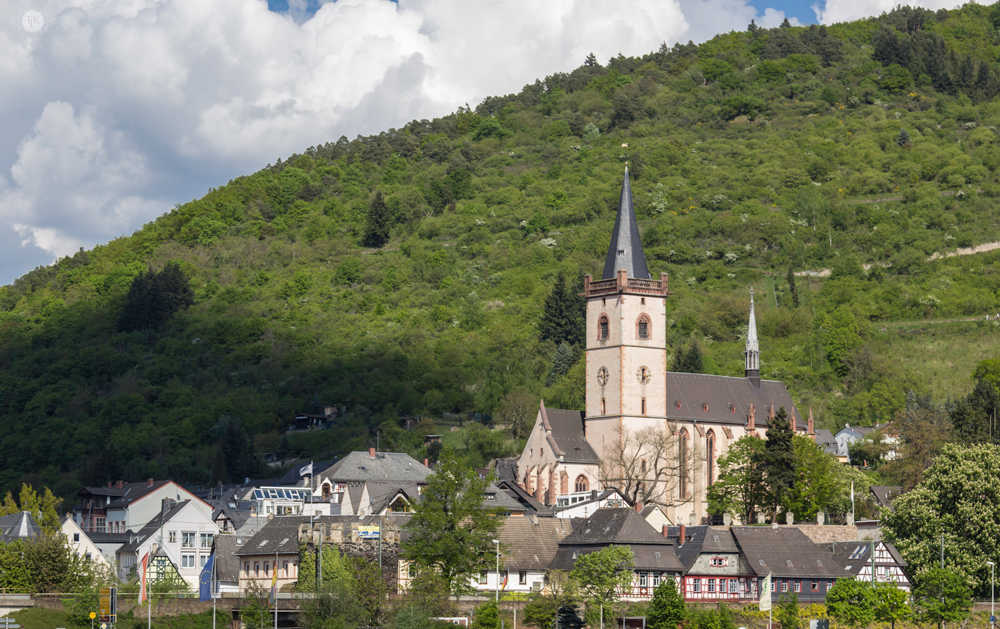
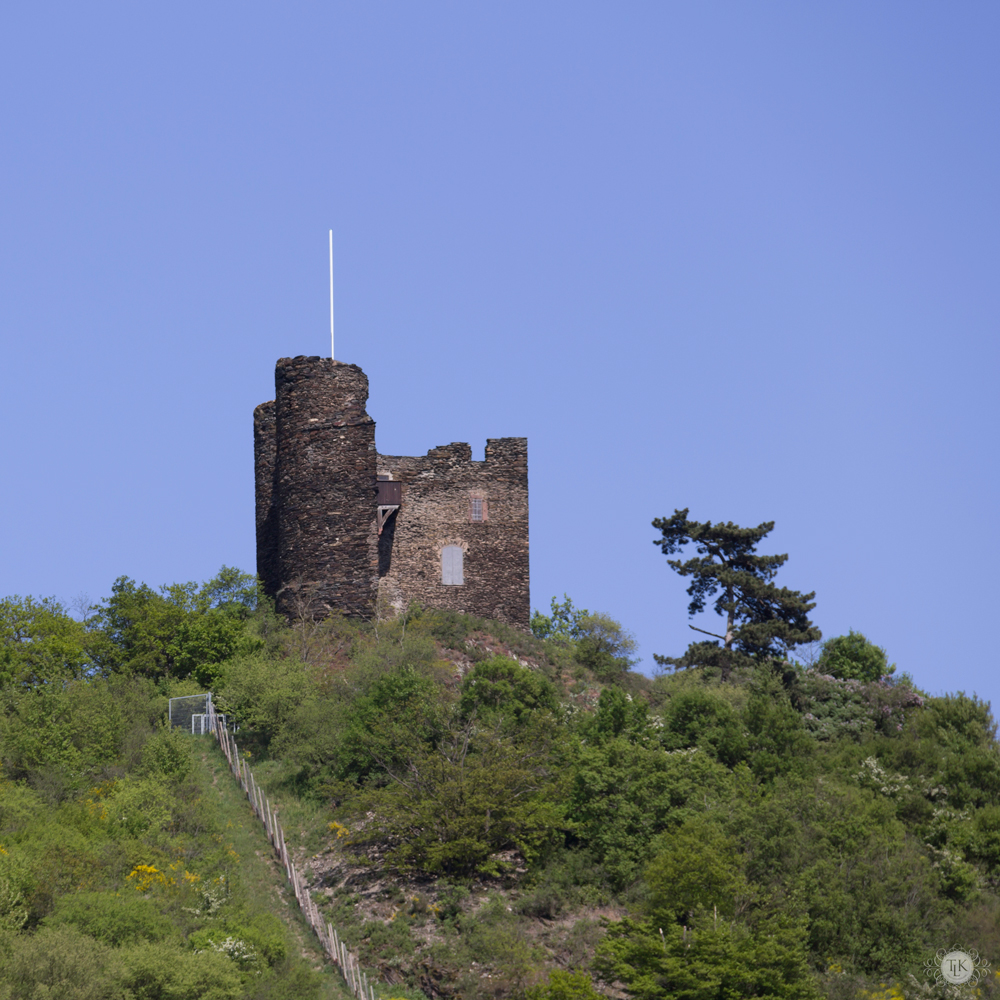
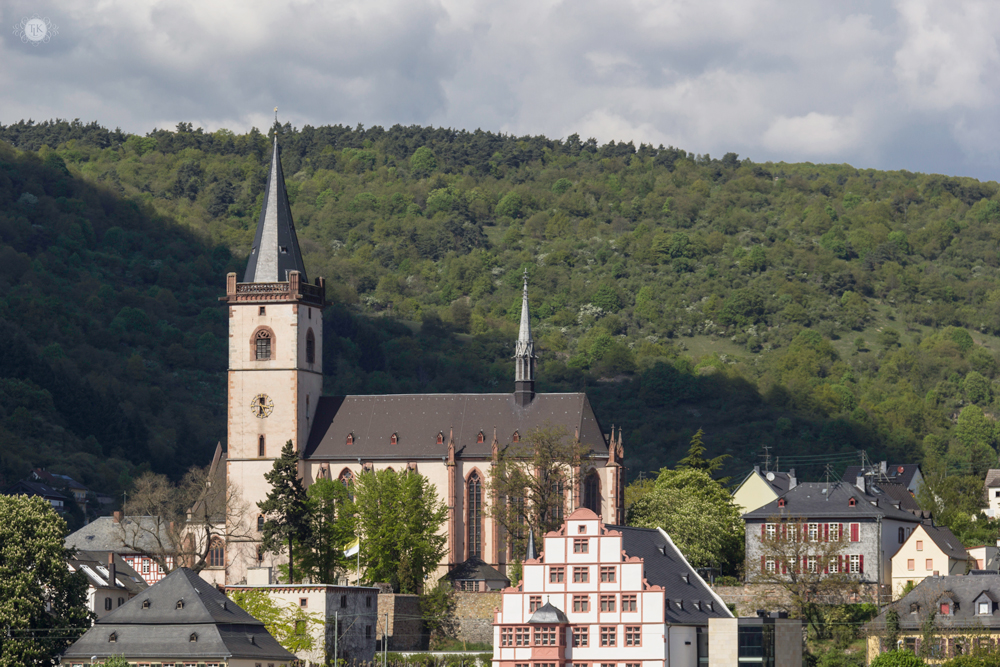
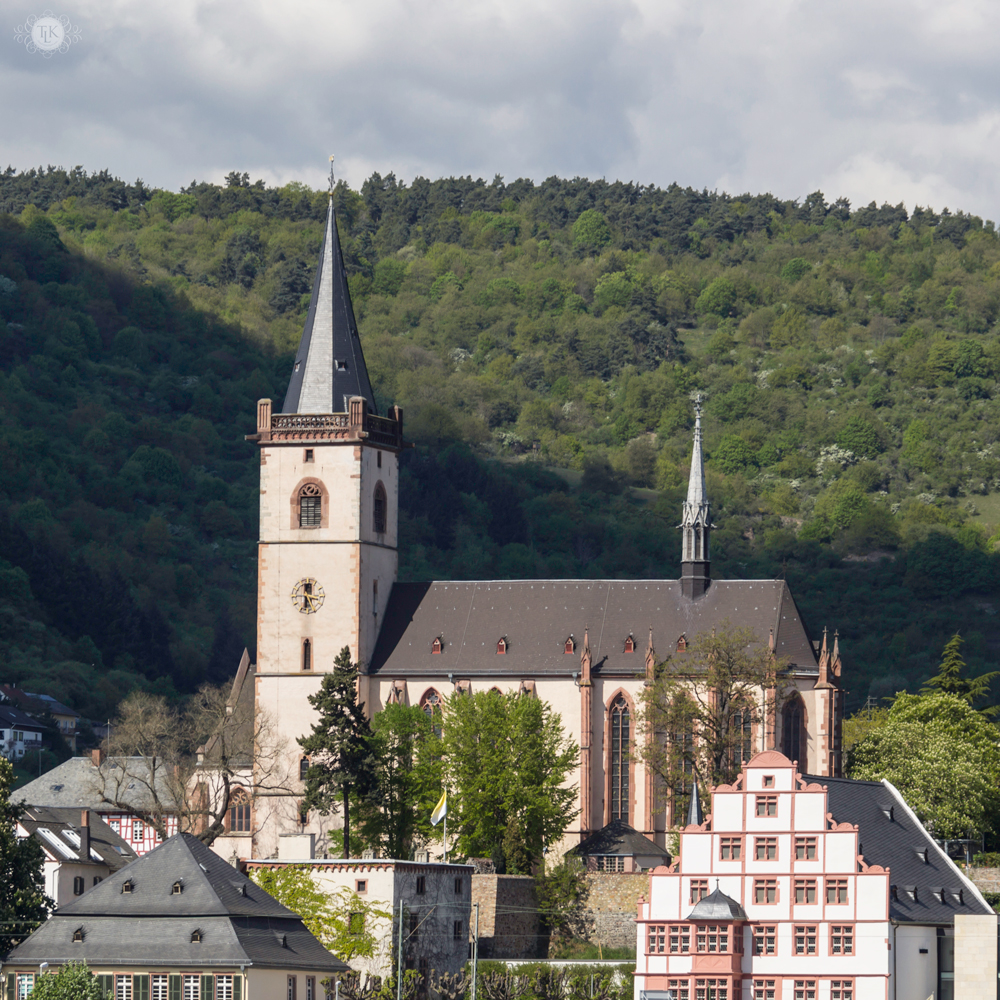
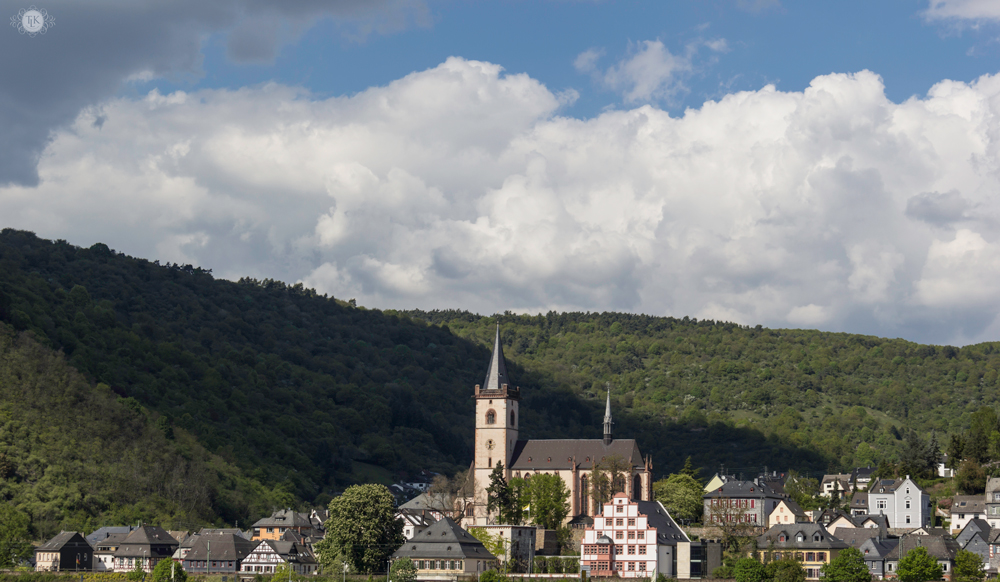
Leave a Reply